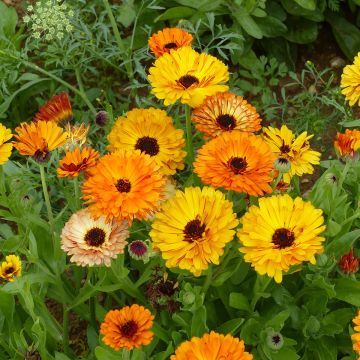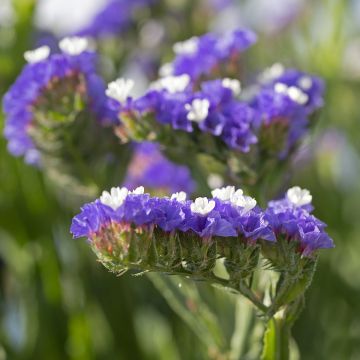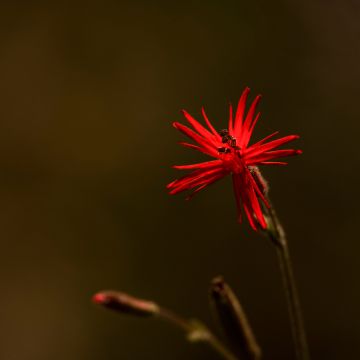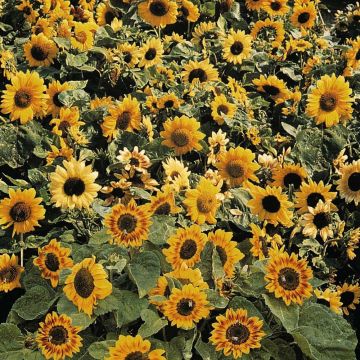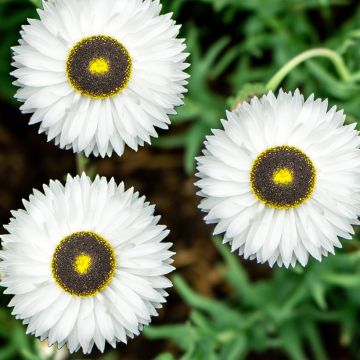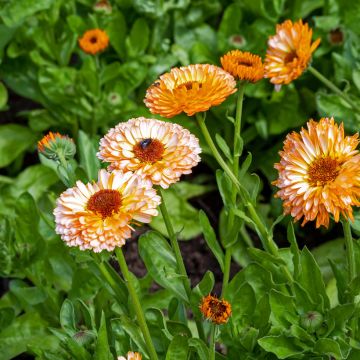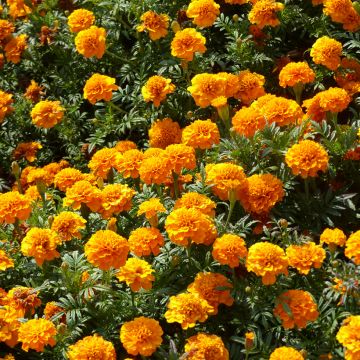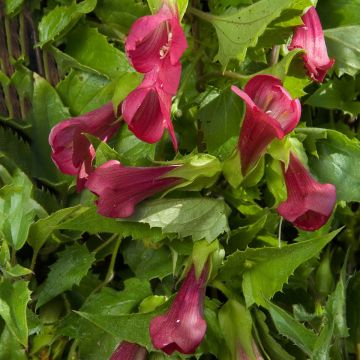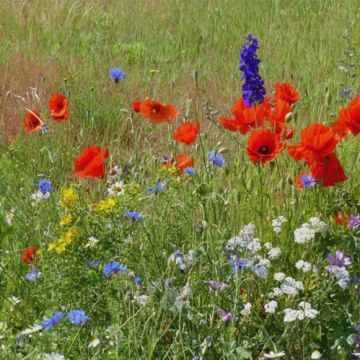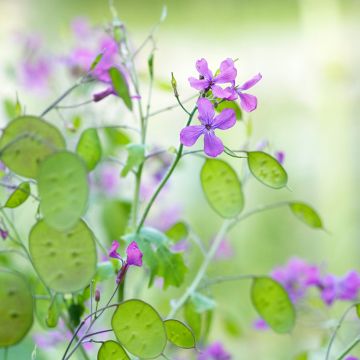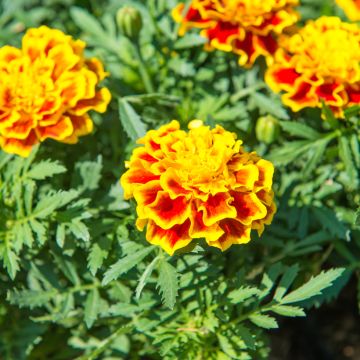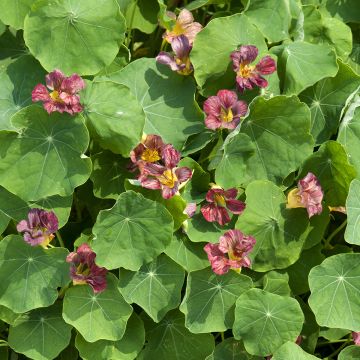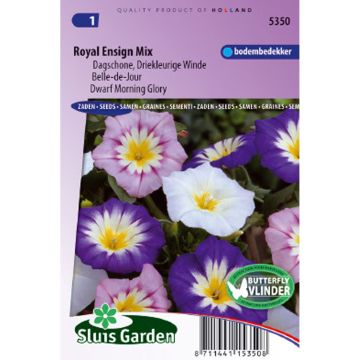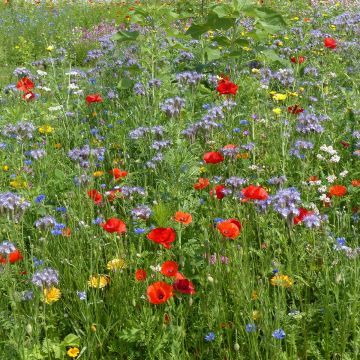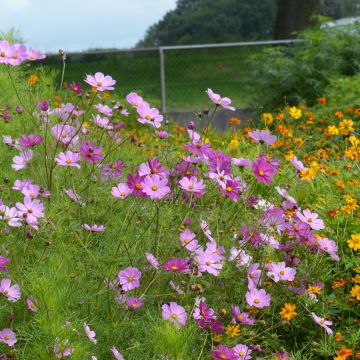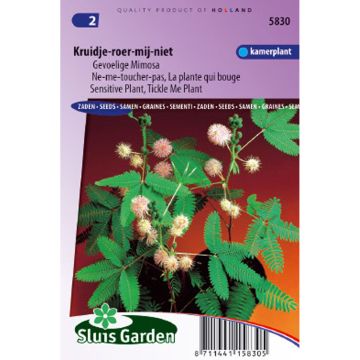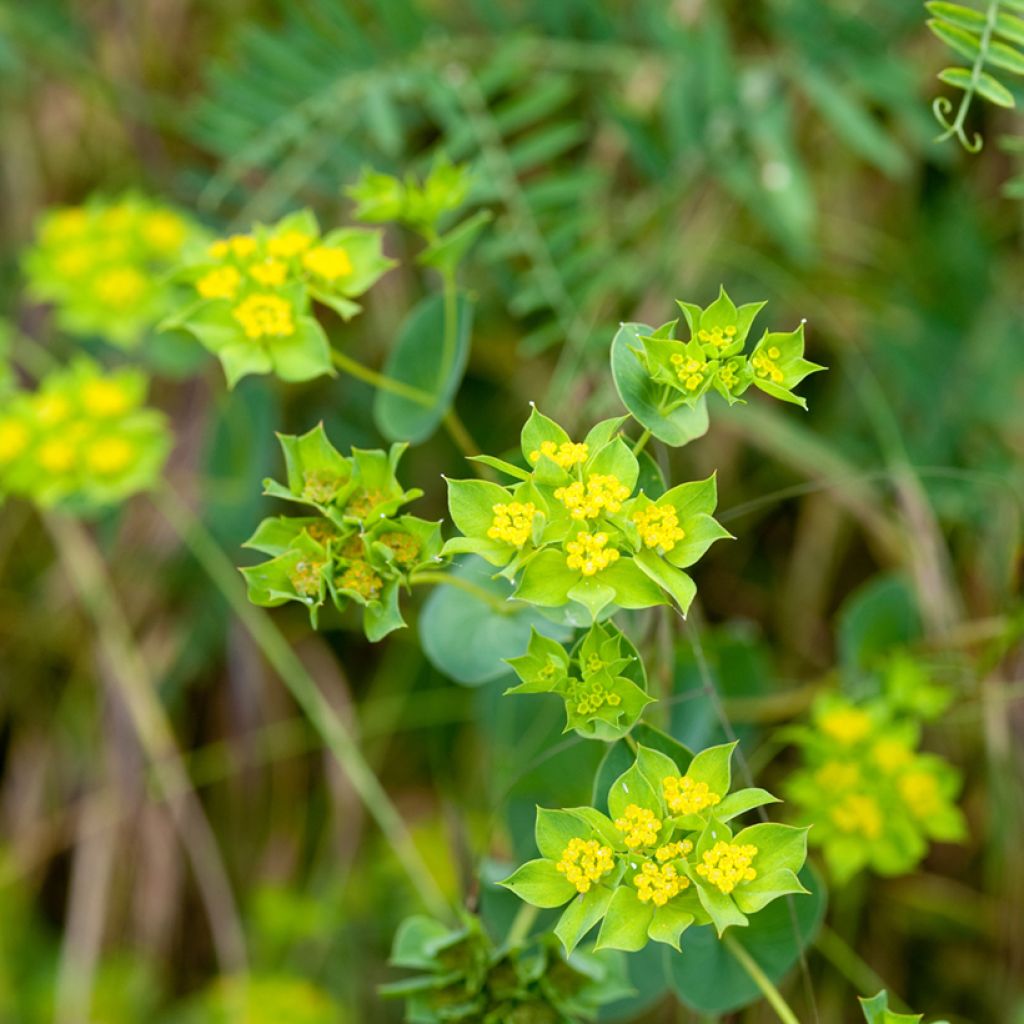

Bupleurum rotundifolium Green Gold seeds
Bupleurum rotundifolium Green Gold seeds
Bupleurum rotundifolium Green Gold
Hare's Ear
I ordered 8 quite rare flowers from Thomson & Morgan. Only one packet was original and featured the flower (Blackcurrant Fizz poppy), the other 7 were repackaged in plain sachets and I will have to take screenshots to know what the names correspond to. AWFUL!!!
Danielle, 11/04/2017
This item cannot be shipped to the selected country
Dispatch by letter from €3.90
More information
Schedule delivery date,
and select date in basket
This plant carries a 6 months recovery warranty
More information
We guarantee the quality of our plants for a full growing cycle, and will replace at our expense any plant that fails to recover under normal climatic and planting conditions.
Seed-only orders are dispatched by sealed envelope. The delivery charge for seed-only orders is €3.90.
Does this plant fit my garden?
Set up your Plantfit profile →
Description
The Bupleurum rotundifolium Green Gold, also known as round-leaved bupleurum or hare's ear, is a hardy annual that produces clusters of small acid-yellow flowers surrounded by green bracts, producing a shade reminiscent of euphorbiae, and round green-blue leaves like certain eucalypti. Both beautiful and unique, magnificent in floral compositions and borders, it wonderfully enhances blue or orange blooms. This easy-to-grow plant appreciates sun or partial shade, well-drained soils, even chalky and dry ones.
The 'Green Gold' bupleurum is a horticultural improvement of a wild annual plant found in France growing in cereal fields, rubble, and roadside edges. It is native to Turkey, Central Asia, and Iran and belongs to the Apiaceae family, just like carrots and celery. 'Green Gold' is a taproot plant with upright, round, and upward-branching stems forming tufts 15 to 75 cm (6 in to 2 ft 6") tall. The full and rounded leaves surrounded by a transparent border are perfoliate, meaning that they are pierced by the main radiating veins. They often bear pink patches when young, then turn green-blue and measure 2 to 2.5 cm (0.7-1 in) in length. Flowering occurs in summer, in the form of small umbels of 4 to 8 rays formed of tiny yellow flowers. The umbels are surrounded by green bracts that protrude beyond them. This plant easily self-seeds in light and well-drained garden soil.
The round-leaved bupleurum Green Gold is used in bouquets and floral arrangements, where it surprises and works wonders. It is also a very useful plant in borders. It goes well with tall ageratums like the Timeless variety, or the orange blooms of daylilies. It is an easy plant to combine with many colours, like alchemillas.
The round-leaved bupleurum is a medicinal plant with vulnerary and astringent properties. It has become a rare species in cultivation.
Report an error about the product description
Flowering
Foliage
Plant habit
Botanical data
Bupleurum
rotundifolium
Green Gold
Apiaceae
Hare's Ear
Cultivar or hybrid
Other Thompson and Morgan seeds
Planting and care
SEED SOWING INSTRUCTIONS :
Sow directly in open ground at a depth of 6 mm (0.2 in), in furrows spaced 30 cm (1 ft) apart, in well-prepared and finely raked soil.
CULTIVATION
When the young plants are large enough to handle, thin them to a spacing of 30 cm (1 ft).
FOR EARLY FLOWERING
Sow the seeds outdoors in late summer/early autumn. Thin the young plants to a spacing of 45 cm (1 ft 6") in the following spring.
Sowing period
Intended location
-
, onOrder confirmed
Reply from on Promesse de fleurs
Flower seeds
Haven't found what you were looking for?
Hardiness is the lowest winter temperature a plant can endure without suffering serious damage or even dying. However, hardiness is affected by location (a sheltered area, such as a patio), protection (winter cover) and soil type (hardiness is improved by well-drained soil).

Photo Sharing Terms & Conditions
In order to encourage gardeners to interact and share their experiences, Promesse de fleurs offers various media enabling content to be uploaded onto its Site - in particular via the ‘Photo sharing’ module.
The User agrees to refrain from:
- Posting any content that is illegal, prejudicial, insulting, racist, inciteful to hatred, revisionist, contrary to public decency, that infringes on privacy or on the privacy rights of third parties, in particular the publicity rights of persons and goods, intellectual property rights, or the right to privacy.
- Submitting content on behalf of a third party;
- Impersonate the identity of a third party and/or publish any personal information about a third party;
In general, the User undertakes to refrain from any unethical behaviour.
All Content (in particular text, comments, files, images, photos, videos, creative works, etc.), which may be subject to property or intellectual property rights, image or other private rights, shall remain the property of the User, subject to the limited rights granted by the terms of the licence granted by Promesse de fleurs as stated below. Users are at liberty to publish or not to publish such Content on the Site, notably via the ‘Photo Sharing’ facility, and accept that this Content shall be made public and freely accessible, notably on the Internet.
Users further acknowledge, undertake to have ,and guarantee that they hold all necessary rights and permissions to publish such material on the Site, in particular with regard to the legislation in force pertaining to any privacy, property, intellectual property, image, or contractual rights, or rights of any other nature. By publishing such Content on the Site, Users acknowledge accepting full liability as publishers of the Content within the meaning of the law, and grant Promesse de fleurs, free of charge, an inclusive, worldwide licence for the said Content for the entire duration of its publication, including all reproduction, representation, up/downloading, displaying, performing, transmission, and storage rights.
Users also grant permission for their name to be linked to the Content and accept that this link may not always be made available.
By engaging in posting material, Users consent to their Content becoming automatically accessible on the Internet, in particular on other sites and/or blogs and/or web pages of the Promesse de fleurs site, including in particular social pages and the Promesse de fleurs catalogue.
Users may secure the removal of entrusted content free of charge by issuing a simple request via our contact form.
The flowering period indicated on our website applies to countries and regions located in USDA zone 8 (France, the United Kingdom, Ireland, the Netherlands, etc.)
It will vary according to where you live:
- In zones 9 to 10 (Italy, Spain, Greece, etc.), flowering will occur about 2 to 4 weeks earlier.
- In zones 6 to 7 (Germany, Poland, Slovenia, and lower mountainous regions), flowering will be delayed by 2 to 3 weeks.
- In zone 5 (Central Europe, Scandinavia), blooming will be delayed by 3 to 5 weeks.
In temperate climates, pruning of spring-flowering shrubs (forsythia, spireas, etc.) should be done just after flowering.
Pruning of summer-flowering shrubs (Indian Lilac, Perovskia, etc.) can be done in winter or spring.
In cold regions as well as with frost-sensitive plants, avoid pruning too early when severe frosts may still occur.
The planting period indicated on our website applies to countries and regions located in USDA zone 8 (France, United Kingdom, Ireland, Netherlands).
It will vary according to where you live:
- In Mediterranean zones (Marseille, Madrid, Milan, etc.), autumn and winter are the best planting periods.
- In continental zones (Strasbourg, Munich, Vienna, etc.), delay planting by 2 to 3 weeks in spring and bring it forward by 2 to 4 weeks in autumn.
- In mountainous regions (the Alps, Pyrenees, Carpathians, etc.), it is best to plant in late spring (May-June) or late summer (August-September).
The harvesting period indicated on our website applies to countries and regions in USDA zone 8 (France, England, Ireland, the Netherlands).
In colder areas (Scandinavia, Poland, Austria...) fruit and vegetable harvests are likely to be delayed by 3-4 weeks.
In warmer areas (Italy, Spain, Greece, etc.), harvesting will probably take place earlier, depending on weather conditions.
The sowing periods indicated on our website apply to countries and regions within USDA Zone 8 (France, UK, Ireland, Netherlands).
In colder areas (Scandinavia, Poland, Austria...), delay any outdoor sowing by 3-4 weeks, or sow under glass.
In warmer climes (Italy, Spain, Greece, etc.), bring outdoor sowing forward by a few weeks.

































